Why does leather grow mold and how to fix it?

Given the high cost of high-quality leather these days, no one wants mould developing on their leather things, or simply smelling mildew or a musty odour on them. It is really frustrating to discover that you have a mould problem in a leather jacket, leather laptop bags, leather boots, leather shoes, or perhaps even leather equipment.
Leather is an organic substance that contains a little amount of moisture. Yes, even tanned leather has a trace of dampness. It would be tough to process if it didn't.
Mold requires moisture and a food supply, well both are derived from leather to be fair! Mold may devour crucial chemicals used in leather manufacturing, such as fat distilled spirits, tannins, and so on, in addition to the leather themselves.
Furthermore, leather coats, handbags, and shoes are frequently kept in a closet that does not allow for much ventilation. Mold's capacity to thrive is aided by stagnant air. Not to mention that closets are dark, which mould enjoys.
Mold development on leather objects is accelerated by soiling, organic residues, and stains. It's literally the sprinkling on the cupcake.
In this blog article, we will look at seven reasons why mould forms on leather and how to avoid it.
Why does leather grow mold?
So, what causes mould to develop on leather? Mold will form on leather if it is not cleaned, conditioned, and protected for an extended period of time. Mold will form on leather especially if it is stored in a wet or mould and mildew contaminated environment. The easiest approach to keep mould from forming on leather is to keep it in a cool, dry area and to clean and condition it on a regular schedule.
1. Mold Grows On Leather Due To Its Porosity
Mold develops on leather for the similar causes it develops on other porous materials, such as textiles.When the humidity level is high, leather accumulates water from the air as well as perspiration from our bodies.
This is especially true for leather clothing and furnishings, which come into touch with our flesh on a regular basis.
The good news is that mould on leather may be readily removed with common home materials such as dish soap and warm water.
2. Mold Will Grow On Leather If There Is Heat
Mold will form on leather products if there is excessive heat and insufficient airflow. This is common when leather objects such as shoes, wallets, and purses are improperly stored.
Generally, leather should be stored in a cool, dry environment. Mold will grow if leather is stored in plastic bags or other heat-trapped containers. If you find mould on your leather products, clean or dry them as quickly as practicable and keep them in an area with appropriate circulation and exposure.
To remove mould off leather, typically use dish soap combined with warm water and a moist towel.
If the condition is more serious, something harsher, such as alcohol wipes, may be required.
For small mildew, simply wipe it off with vinegar mixed in water, then wipe it off quickly after treating so that nothing new may develop before entirely curing out.
3. Mold Will Grow On Leather If Left For A Long Time Without Use
Used leather goods frequently come into contact with body oils, which aid in the prevention of mould, mildew, and drying out.
However, if there is no touch with the body fluids for an extended length of time, mould will form on leather because it cannot keep itself wet enough to be healthy and avoid additional harm.
Our body oils, when used consistently or on a regular basis, assist to prevent mould and mildew from forming on leather products.
There'll be no oils to prevent mould and fungal growth if we stop utilizing them.
For example, if you keep a cherished pair of shoes in storage for a long stretch of time without using them, they are likely to develop mould or mildew throughout time.
As a result, it's recommended not to leave your leather products alone for lengthy periods of time, as they may require some care and treatment before they can be used again.
Mold and mildew will not develop on your leather, especially if you wash the area after each usage.
4. Mold Grows On Leather If It’s Left Untreated For Long
Every leather product must be maintained on a regular basis. This implies that leather items must be cleaned, maintained, and protected every 3-6 months to avoid mould and other sorts of damage. Cleaning, conditioning, and safeguarding leather goods is essential because it keeps your leather clean and protects it from drying, cracking, peeling, and mould assaults.
Cleaning your leather on a regular basis can remove dirt, dust, and oils that have been attached to the surface of your leather. Mold cannot develop on clean surfaces, which is why it is critical that you maintain them fresh.
Mold may also be avoided by conditioning your leather items on a regular basis, as this will offer a protective covering against water damage as well as other substances that may promote mould and mildew formation.
The finest conditioners contain beeswax or carnauba wax, which assist preserve the excess oil in place whilst preserving the leather from liquids and dampness.
5. Moldy Water
Mold can also form on your leather products as a result of the type of water used to clean, wipe, or cure them.
Mold will begin to develop quickly if you use chlorinated or tap water.
If you observe mould development on the surface of your leather even after cleaning it, use distilled water or, at the absolute least, a combination of half tap and half distilled water.
This is due to the possibility that the water you're using to clean your marble surfaces is mouldy without your knowledge.
The main point is that the easiest approach to prevent mould growth on your leather products is to avoid using tap water and chlorinated water when washing your leather surfaces, but instead use distilled water.
6. Mold Will Grow On Leather If It’s Stored With Other Molded Items
Mold development on leather is frequently caused by the material being kept alongside other objects that have already begun to grow mould.
Mold might grow in the same way if leather objects are stored in mouldy environments.
This might be due to a lack of air circulation, but could also be due to dampness in the region.
To avoid this, keep your leather things separated and not next to one other to prevent the spores from spreading.
It's also critical to keep them in a dry spot with plenty of air circulation so they don't sit next to mouldy competitors for lengthy periods of time.
This will help you to avoid any potential complications!
7. Airborne Mold
Mold may get into your leather through air conditioning systems, vents, or any other type of air circulation in the home.
Because it is airborne, this sort of mould may be highly harmful because it can wind up on your clothes or furniture, not just leather objects.
As a result, you should wash your leather products on a regular basis to eliminate any germs that have dropped on them from their circumstances.
It is also critical to ensure that there are no vents pushing air towards your leather objects, whether in preservation or in usage.
How To Prevent Mold On Leather Goods?

By taking a few measures, you can keep mould from growing on leather.
- Keeping your leather items dry by washing them down with a damp cloth on a regular basis or hiring a professional cleaner to do the work for you.
- Use organic sanitizing wipes and antimicrobials such as cedarwood, lavender oil, tea tree oil, citrus oils (lemon), clove leaf essential oil, and others on your leather products to help prevent mould growth and keep the item looking fresh.
- You may also use waxes with high quantities of paraffin, such as carnauba wax, to provide some humidity resistance while also adding gloss.
- Dissolve white vinegar in water and rub it over any spots of mould growth on your leather goods, inside or out, to destroy the mould.
- If mould is forming on your furniture, a tiny vacuum cleaner attachment may be used to suck up the mould spores before cleaning it off with soap and water or white vinegar to destroy the mould.
- Conditioning or moisturising your leather will actually mitigate moisture from leaking into it, which induces mould growth, so offering your product regular conditioners treatment options will keep it looking fresher for longer.

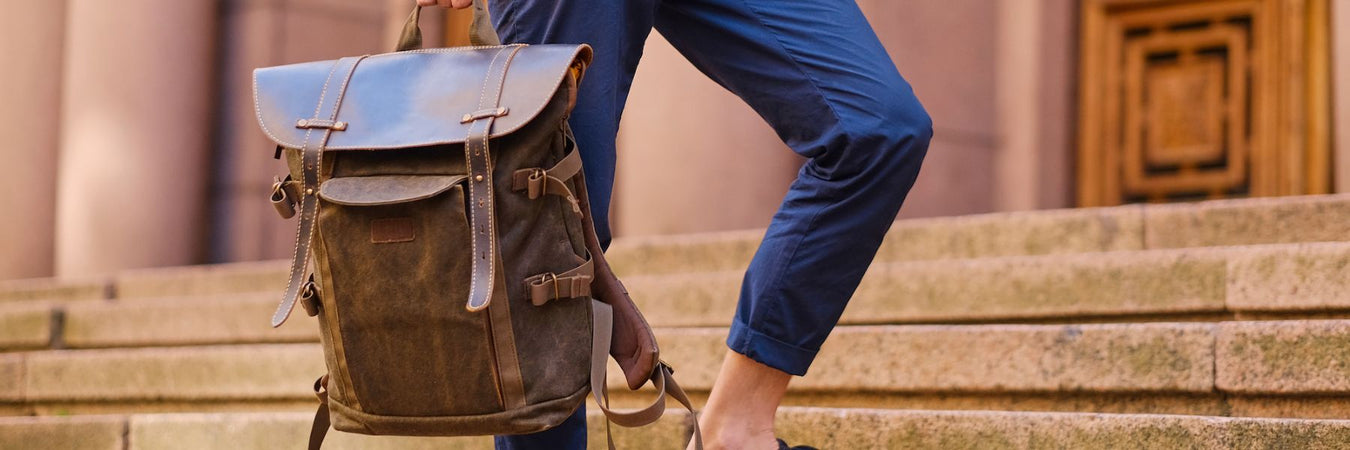
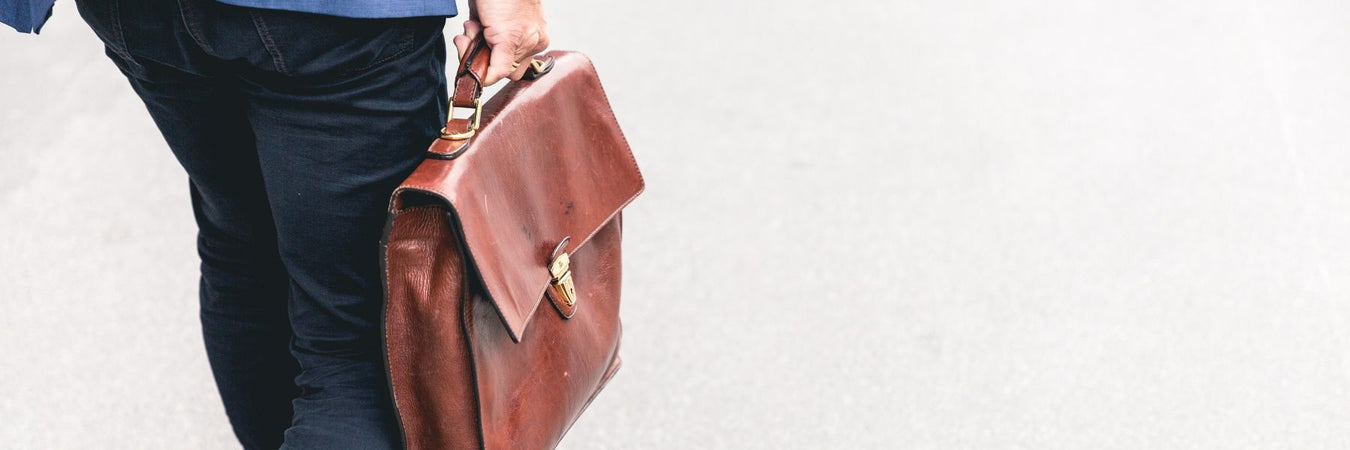
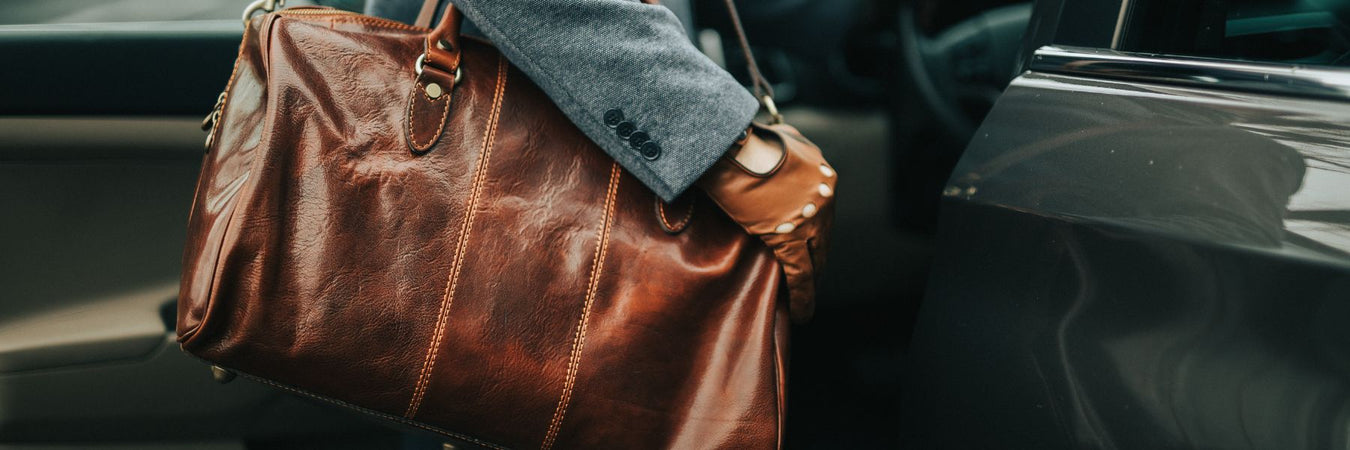
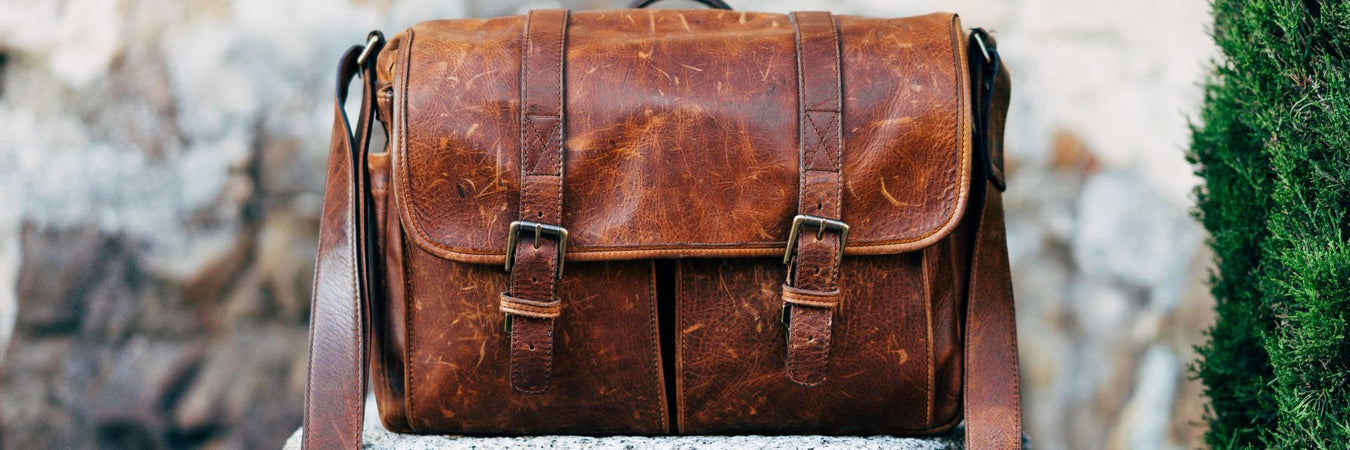
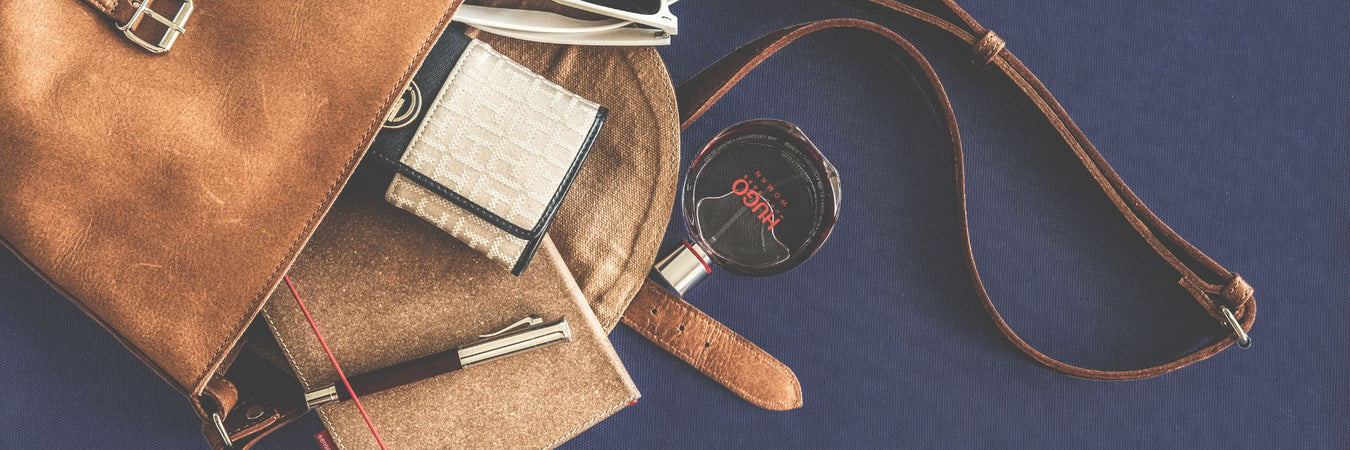
Leave a comment